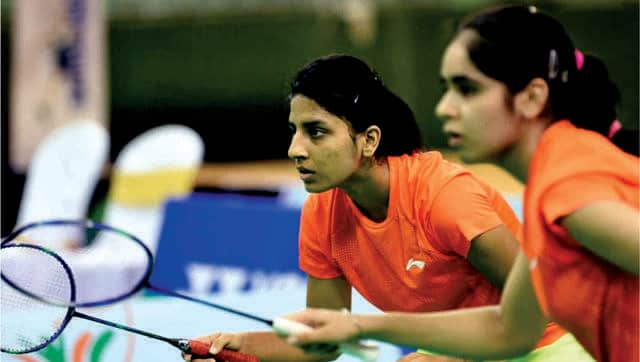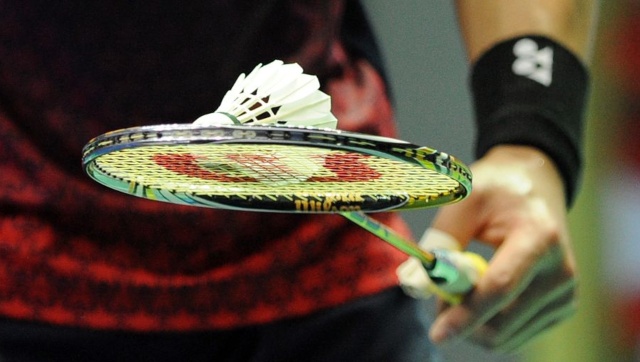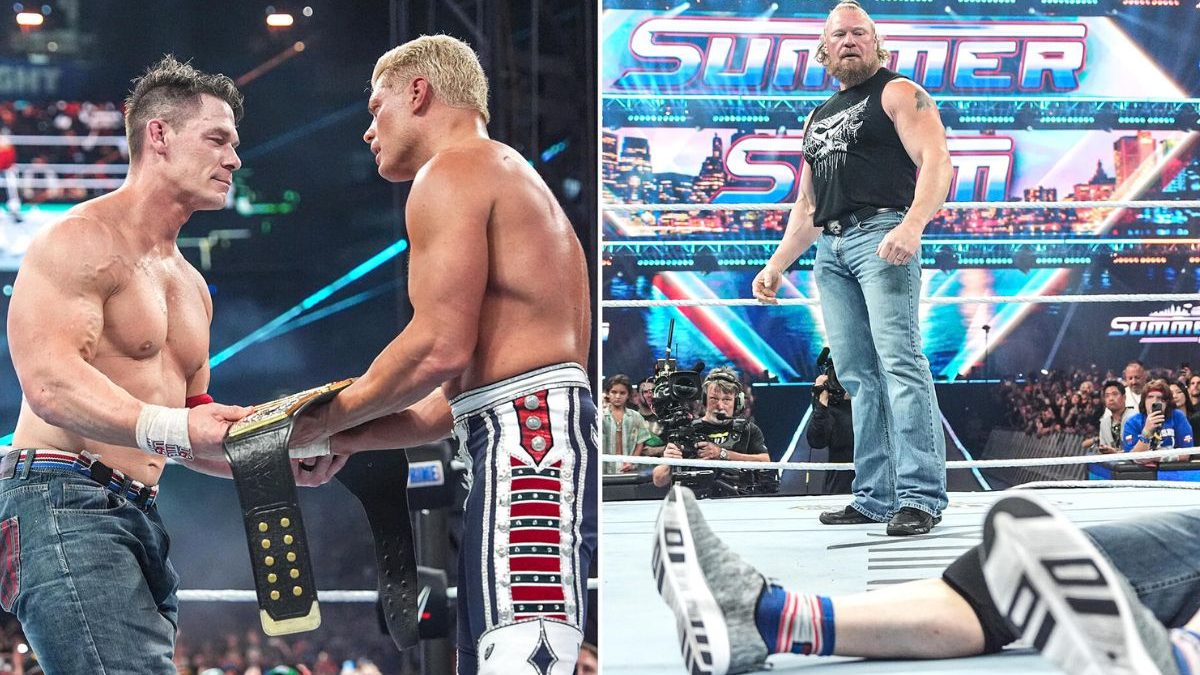The raison d’être for the Target Olympic Podium Scheme (TOPS) floated by the Sports ministry for junior athletes in multiple sporting disciplines is most laudable, but several questions have been left unanswered about the process by which a total of 27 junior shuttlers were selected by the Sports Authority of India’s (SAI) ‘Mission Olympic Cell’ (MOC). In a nutshell, the TOPS scheme involves the disbursal of Rs 25,000 per month as ‘out-of-pocket allowance’ to 258 junior athletes in 12 Olympic disciplines, to assist in their training expenses. This group of youngsters, which include the 85 selected before the lockdown in March this year, are to be part of the ‘Developmental Group’ that will be considered to be ready to represent the country at the 2024 and 2028 Olympics. In the course of last Wednesday’s review meeting of the MOC, Sports minister Kiren Rijiju is reported to have stated, “Establishing junior TOPS and extending support to the Developmental Group is a critical measure to realise India’s dream of being among the top-10 countries in the 2028 Olympics. It takes eight years to groom an athlete into an Olympic medal probable, and we have started right on time for the 2028 Olympics.” In an official statement, SAI clarified that the formal induction of the athletes in the Development Group would be undertaken after setting an effective monitoring mechanism for an athlete’s progress in the long run. Towards this end, it has been decided that performance benchmarks will be established for individual athletes for the next four years, in consultation with all stakeholders, including the athlete, coach, High Performance Directors or the Chief National Coach of national sports federations. A major irritant here is the fact that some of the national sports federations have been de-recognised recently by the Supreme Court for failing to adhere to the government’s stated norms with regard to the length of the terms of office held by key officials, and their ages. Badminton fortunately does not fall in this dubious category; and there is, therefore, no danger to the selected shuttlers of their allowance being suddenly discontinued. [caption id=“attachment_8416681” align=“alignnone” width=“640”] Representational image. AFP[/caption] The TOPS scheme has been known to be in the pipeline for over two years, but was expected to be announced after the 2020 Tokyo Olympics had ended. At that stage, preparations for the 2024 and 2028 Games would be launched. However, since the 2020 Olympics were postponed by a year, SAI decided to roll out the scheme as per its originally planned date, August 2020. One is given to understand that a special research team from TOPS did a scientific monitoring of the players for over a year before making its final recommendations for the Developmental Group in October 2019. Some of the top teenagers, like doubles specialist Satwiksairaj Rankireddy, was already part of the Elite Group that boasts the top Indian shuttlers like PV Sindhu and Saina Nehwal, and was not considered in this intermediate group. Strangely, 19-year-old Lakshya Sen’s name has been included in the intermediate group. In a pyramid-like structure, there is also a lower, larger group named ‘Khelo India’, for which the selected 27 Developmental Group shuttlers were considered too good. The researchers said to have picked medalists from previous Olympics, determined their average age when they appeared to ‘peak’ or became champions, and then went backwards four or eight years to determine the Indian candidates who would fit the bill. For example, if the average age of the women’s singles champion at three earlier Olympics was 25, then they would look at players who are presently 17 years old as medal prospects for the 2028 Olympics. “The selections were very objectively done,” explained a person who was close to the TOPS selection process, on condition of anonymity. “The researchers went by what the Badminton World Federation (BWF) norms were, in terms of participation in national-level as well as international tournaments. If you were a junior, and you won a senior title, you got a lot more points. If you were a sub-junior, and you won a junior title, you got more points. “In short, if you were in a particular age group, and you won a higher age category, you got that many more points. For international tournament victories, the points were much more. It was a numbers-crunching exercise; and they ended up picking a few from the U-15 ranks, a few from U-17 and a few from U-19. They picked up one or two from the U-21 age group, viz. Ashmita Chaliha, Kiran George and Rituparna Panda.” The MOC cell, which had readied the Development Group list in October last year, is said to have gone to the Chief National Coach, Pullela Gopichand, and the Chief Coach of the Prakash Padukone Badminton Academy (PPBA), Vimal Kumar, at the very last stage. It is understood that both these gentlemen endorsed the selections without demur, and were agreeable to review the selections after six months to a year. “I am happy with the objective process used by the MOC to make the selections,” said Gopichand. “Ideally, I would have wanted the whole process to have been on the Web from the start, for the sake of ample transparency, but since this was the first year that the scheme was being introduced, and since they explained to us the entire objective process, I did not get into changing any names in the list. Of course, at the next review, the coaches need to be brought into the process.” PPBA chief coach Vimal Kumar, who makes his wards go through their paces at the Dravid Padukone Centre for Excellence in Bangalore, confirmed that the first TOPS Development Group list had been prepared by MOC in October last year, and that it was not changed at all by the coaches before being announced last Wednesday. “We just wanted to get the scheme going, because it had been delayed for such a long time by the back-and-forth discussions between the government, SAI, the Sports Ministry and the Badminton Association of India (BAI),” said Vimal. “Once the tournament season gets under way, we will be in a better position to judge and review performances, and bring in players who may have missed the cut this time.” These explanations notwithstanding, there are several anomalies in the selections that stick out like a sore thumb. If the list had been prepared in October, how did the pair of MR Arjun and Dhruv Kapila get selected as a doubles combination when they only paired up for the first time in December? How did MOC include the names of Samiya Farooki and Treesa Jolly, when the two players had missed tournament play for the better part of 2019 as a result of injuries? It is also surprising that neither of the two chief coaches spoke out in favour of the junior girls’ national champions, Simran Singhi and Ritika Thaker, when the pair they beat in the national final at Rajahmundry in December 2019, Tanisha Crasto and Aditi Bhatt, was picked in the Developmental Group. [caption id=“attachment_8685711” align=“alignnone” width=“640”]
 Simran Singhi and Ritika Thaker in action. Image courtesy: Special arrangement[/caption] The missed selection induced Singhi’s anguished mother, Poonam, to dash off a letter to all concerned, detailing the performance of her daughter and the Nagpur-based Thaker over the past one year: “Apart from winning the Junior Nationals, they beat Kuhoo Garg in the finals of the Egypt International in Cairo. As for Treesa Jolly, another name in the list, she has never beaten Simran and Ritika, EVER! “Simran and Ritika have also won four international senior titles (including Mauritius, Ivory Coast and Egypt, the last at the expense of compatriots Kuhoo Garg and Sanyogita Ghorpade), and have a world ranking of 98, which is highest among all the women’s doubles players selected. “We talk of nepotism in Bollywood. The cabal is worse in badminton, where outsiders (players who do not belong to certain academies) are systematically prevented from getting any support from the government or sponsors, no matter how talented or promising they are. This is highly demoralising for teenaged players who train 10 to 12 hours a day, and hope to represent India one day.” There is every possibility that Arun Lakhani, president of the Maharashtra Badminton Association, will pick up cudgels on behalf of Singhi and Thaker, and that we could see a revision in the list or a supplementary list in the foreseeable future. It would really be a travesty of justice if this talented teenaged duo were to be demotivated by their omission from a list in which they should have been amongst the first to be picked.
Simran Singhi and Ritika Thaker in action. Image courtesy: Special arrangement[/caption] The missed selection induced Singhi’s anguished mother, Poonam, to dash off a letter to all concerned, detailing the performance of her daughter and the Nagpur-based Thaker over the past one year: “Apart from winning the Junior Nationals, they beat Kuhoo Garg in the finals of the Egypt International in Cairo. As for Treesa Jolly, another name in the list, she has never beaten Simran and Ritika, EVER! “Simran and Ritika have also won four international senior titles (including Mauritius, Ivory Coast and Egypt, the last at the expense of compatriots Kuhoo Garg and Sanyogita Ghorpade), and have a world ranking of 98, which is highest among all the women’s doubles players selected. “We talk of nepotism in Bollywood. The cabal is worse in badminton, where outsiders (players who do not belong to certain academies) are systematically prevented from getting any support from the government or sponsors, no matter how talented or promising they are. This is highly demoralising for teenaged players who train 10 to 12 hours a day, and hope to represent India one day.” There is every possibility that Arun Lakhani, president of the Maharashtra Badminton Association, will pick up cudgels on behalf of Singhi and Thaker, and that we could see a revision in the list or a supplementary list in the foreseeable future. It would really be a travesty of justice if this talented teenaged duo were to be demotivated by their omission from a list in which they should have been amongst the first to be picked.
Several questions have been left unanswered about the process by which a total of 27 junior shuttlers were selected by the Sports Authority of India’s (SAI) ‘Mission Olympic Cell’ (MOC).
Advertisement
End of Article


)

)
)
)
)
)
)
)
)



